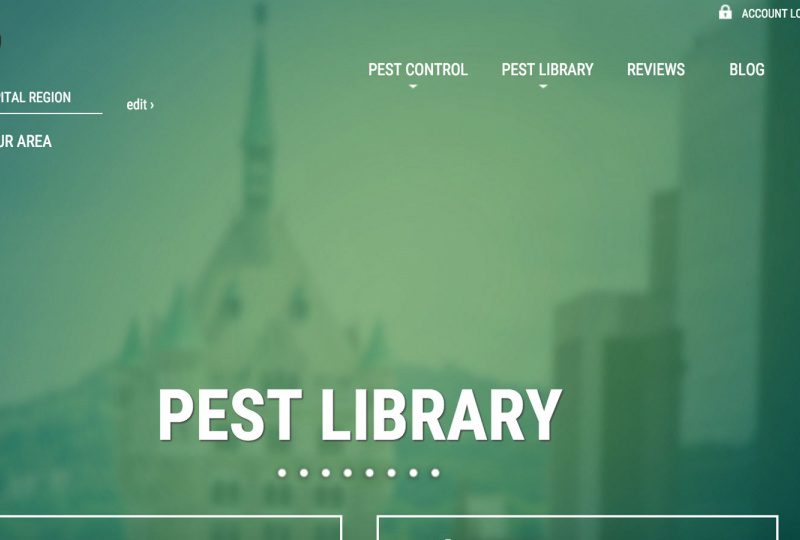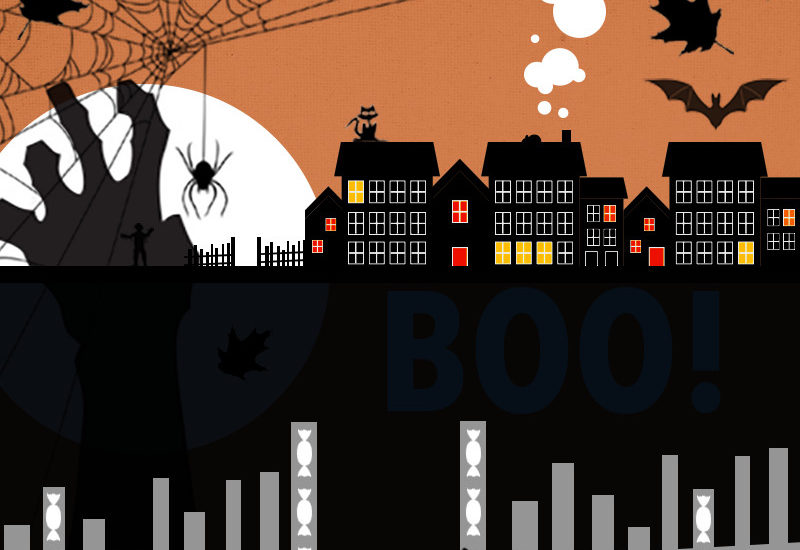Climate Drives Pest Pressures Across The Country
Did you know pest problems are different throughout the country, and that climate plays a major factor? Over the past ten years, I have had the opportunity to work in various climates throughout the United States. It’s amazing how much a tiny climate change can be a huge factor in pest activity. Below, you’ll find out what I mean when we look at pest pressures of three very different regions in the country.
South Florida
The year-round warm climate makes the entire area of South Florida an inviting home for pests. Insects and rodents are a fact of life, even in the winter months, and it is especially true for seasonal residents who are not there all year to stop problems as they develop. In some cases, seasonal residents arrive to enjoy South Florida’s warm winter climate and find unwelcomed pest surprises in their homes.
One common South Florida issue is the very active ants. A vibrant and diverse ant population will find reasons to come into the home just about year-round. Even the smallest crumb left undetected can be a powerful reason for an ant invasion.
As well, leaking pipes under sinks and in cabinets can be inviting for the local roach population. These pests can reproduce quickly, and science shows that if there is one roach in view, there are others in places a homeowner cannot see.
With such a diverse ecosystem of insects, there are several approaches to combat them. Catseye Pest Control can identify the sub-species of pests in order to use the best method to remove them from the home. In some cases, pesticides that work on one type of roach will not work on all of them, so identification is important. The ability to identify these insects comes through experience with fighting South Florida pests.
Northeast
From Washington, D.C. to Bangor, Maine, the Northeast has pest pressures similar to Florida. The types of pests are the same, but the timing of their activity is different, and this is due to climate. The cold weather of Northeast winters cause pests there to become more dormant during winter months. While warm-blooded rodents such as rats and mice will seek shelter from the cold temperatures in your home or business, ants and roaches will overwinter in hidden spaces until the warmth returns.
Wasps and hornets can sometimes find ways into a dormant home like a vacation house, and can pose a threat to your safety. Even though a home may be dormant without heat, it can still be a shelter for most pests.
Finally, the historic and older construction of buildings throughout the Northeast, along with larger populations, plays a big role in the breeding of generations and generations of pests in the same locations throughout the years.
West
From scorching deserts to freezing mountains, pests still find ways to survive in almost any climate. Northern California faces the most rapidly changing climate on a day-to-day basis, and pests find themselves having to adapt quickly to survive. Food sources can be eliminated in a matter of hours if enough rain or snow floods out a section. Earthquakes can destroy underground ant and termite colonies.
I have seen temperatures go from -8 degrees to the low 80s in one day. Rodents need shelter and a good food source in order to reproduce. These temperature ranges make it very difficult for them to increase their numbers. Rodents end up finding a house as a perfect permanent home to build their family, and they will destroy your family’s home as a result. Rodents will find insulation a perfect nesting material, and they love to chew on electrical wires, which in turn become fire hazards.
High altitude equals low humidity levels. Ants and termites require moisture in the air for them to survive. When the sun bakes the ground and there is no water for miles, your home starts looking more and more favorable for nesting ants. Most of the construction in the west is crawlspace-type construction where you have a space between the sub floor and the ground rather than a basement. Ants and termites find crawlspaces to be the perfect ecosystem. It’s dark, has more moisture than outside, cooler in the summer and warmer in the winter. Other factors such as water leaks can cause mold and wood-decaying fungi to appear, creating food sources for other pests.
If you have a crawlspace, I recommend inspecting it every few months to make sure there are no leaks. Animals can bury under the foundation of your home and gain access to your crawlspace, causing nuisance wildlife such as ground squirrels, raccoons and chipmunks to make a home under your home without you even knowing!
Excess moisture from the ground can also cause your home to shift because of expansion in the support beams. This is usually noticed by cracks in the ceiling, gaps in floorboards and creaky floors. Also remember that moisture, wood and an undisturbed area is prime real estate for termites. It’s crucial to inspect crawlspaces regularly.
Pest Problems – They’re Everywhere.
Through working in different climates over the past 10 years, I have learned that pests are everywhere! No matter where you live, pests can become a danger if not properly identified and treated. For more information on pests in your climate, check out our Household Pest Library.






